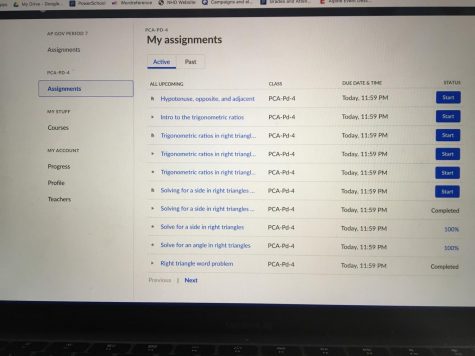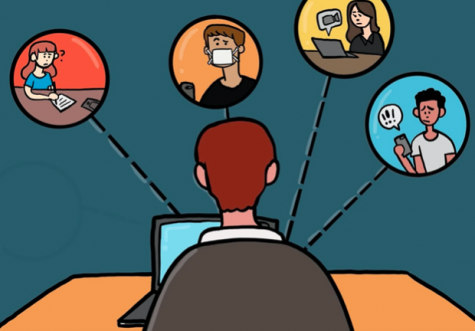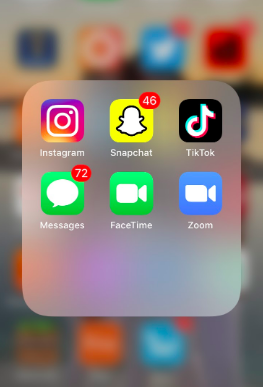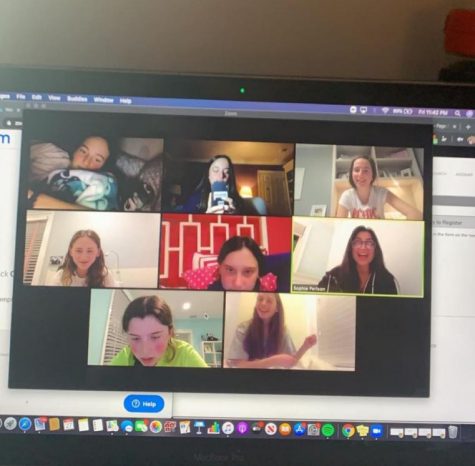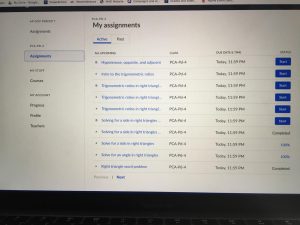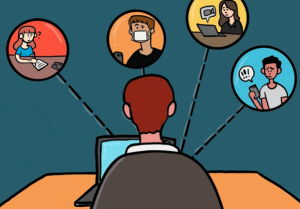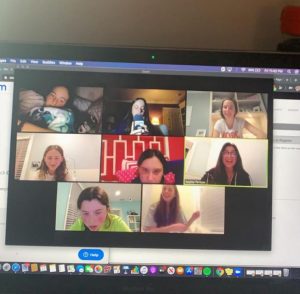Student presentations bore classes in time of hybrid learning
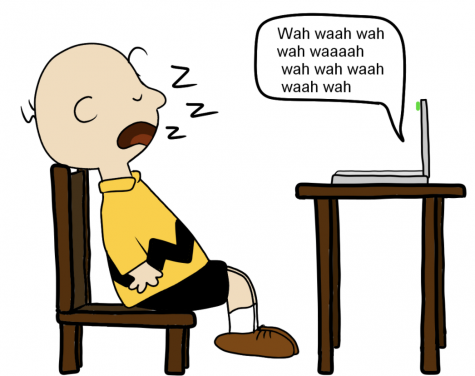
I have a confession: I’m the rare sort of student who actually enjoys presenting in class. Over Zoom, however, I want to tear my hair out while an in-person classmate yammers on and on during a presentation, words barely audible through the class microphone. My eyes glaze over as I open up a Buzzfeed quiz on a different tab, no one noticing how I’m presently not mentally present.
As Staples ushers in the age of hybrid learning, student presentations must go out.
To most, having to watch student presentations in class means torturously staring at the clock as it ticks closer and closer to the bell, but at least you’re actually in the room. On Zoom, you’re isolated from any real human connection, making the experience worse than waiting in the Staples sandwich line.
As Staples ushers in the age of hybrid learning, student presentations must go out.
Even before the pandemic, student presentations needed reform. A presentation day always goes the same way: a parade of sweaty-palmed kids drag themselves up to the front of the class to blurt their awkward, memorized scripts. Assignments should be altered to instruct students to create interactive and engaging presentations.
Within the framework of our hybrid model education, these changes are too difficult to put into effect and need to be placed on the backburner. When Zoomers are expected to stay muted unless directly spoken to, we are completely cut off from even the simplest interactions with our in-person classmates. We can hardly give a presenter our half-hearted round of applause!
After six months of barely seeing our fellow classmates, we are starved of education and social exchange. We shouldn’t waste our class time on Google Slides read in a monotone. Instead, classes should shift to more discussion-based activities.
Class discussion leads to more student enjoyment and the development of skills in communication and critical thinking. This allows greater absorption and a clearer understanding of class materials, Sarah Concoran, teacher candidate at the University of Wisconsin-River Falls, said in the “Journal on Best Teaching Practices.”
This is exactly what we need, more human connection that finds a way to bring together students in the classroom and on screens. If a teacher really wants to assign a presentation to students, they should only require making the presentation itself.
During remote learning last year, I received multiple assignments in this style. As a self-proclaimed presentation lover, I admit I would not have gotten any more educational value out of them if I had to orally present. If a teacher must include a speaking component, they can assign a recorded project and no class time needs to be wasted listening to it.
Though I am sad to see them go, it is time for student presentations to go six feet under. Maybe one day they can be revived and reformed into a more useful tool of education. But right now, they are the exact opposite of what we need.

Creative Director Lilly Weisz ’23 has no hesitation when it comes to helping out with anything Inklings related. When Weisz originally joined Inklings,...












































